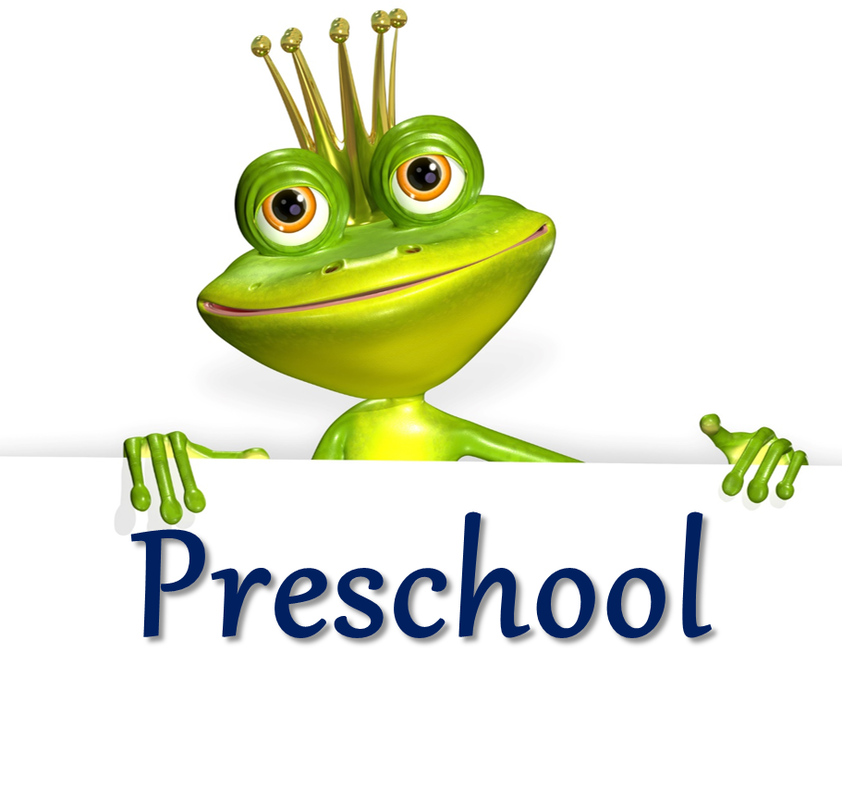Member Login 
Member Login
Welcome, (First Name)!
Enter Member Area
Three Little Pig Houses
Lesson plan developed by Aurora Tollestrup, BS Ed
|
Online Courses
Teaching Preschool Math Using Manipulatives
(3 hours / .3 CEU) Tuition: $31.50 Use of Puppetry and Plays (3 hours / .3 CEU) Tuition: $31.50 |
|
Materials:
|
|
|
Anticipatory Set:
|
|
|
Procedure:
|
|
|
Assessment:
|
|
What is STEM?
The STEM craze is sweeping the nation’s classrooms, but it is much more than a passing fad within the educational community. STEM (curriculum focusing on science, technology, engineering, and math) focused classrooms intertwine the subjects of STEM curriculum with other disciplines such as literacy and art. The goal of STEM instruction is to give students the tools to understand and explore the disciplines of science, technology, engineering, and math. Ideally, this familiarization and understanding of STEM elements will lead to careers in STEM-related fields. Even if this ideal goal is not realized, having students become comfortable and more knowledgeable with science, technology, engineering, and math concepts will benefit them and the world that they are a part of greatly.
Engineering in the Early Childhood Classroom
Engineering is the study of the design and creation of products as a result of solving problems. Engineering encompasses math, science, and technology as well as other skills. It is a valuable subject to learn and experience. Teaching engineering is teaching the process of designing and building something that is needed. You can also think of it as the process of creating those pieces of technology that are critical to serving a purpose or meeting a need.Imagine taking a group of students-of any age-and giving them some specific materials along with a problem to solve and being able to watch them collaborate, problem solve, hypothesize, explore, and come to a consensus on what the collective opinion of success is. Along with this process comes failure, which, in STEM terms, is not seen as failure at all, but instead as an opportunity to learn and grow.
How to include engineering lessons in your program:
Engineering is the study of the design and creation of products as a result of solving problems. Engineering encompasses math, science, and technology as well as other skills. It is a valuable subject to learn and experience. Teaching engineering is teaching the process of designing and building something that is needed. You can also think of it as the process of creating those pieces of technology that are critical to serving a purpose or meeting a need.Imagine taking a group of students-of any age-and giving them some specific materials along with a problem to solve and being able to watch them collaborate, problem solve, hypothesize, explore, and come to a consensus on what the collective opinion of success is. Along with this process comes failure, which, in STEM terms, is not seen as failure at all, but instead as an opportunity to learn and grow.
How to include engineering lessons in your program:
- Encourage teamwork and problem-solving in all things-not just STEM activities.
- Give students the opportunities to struggle enough to hopefully overcome the challenge that they are faced with. Offer suggestions if they become frustrated.
- Encourage critical thinking skills in every aspect of your program.





